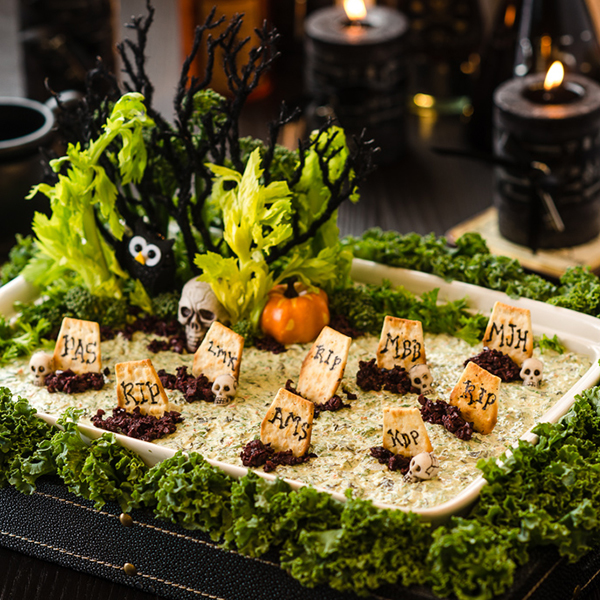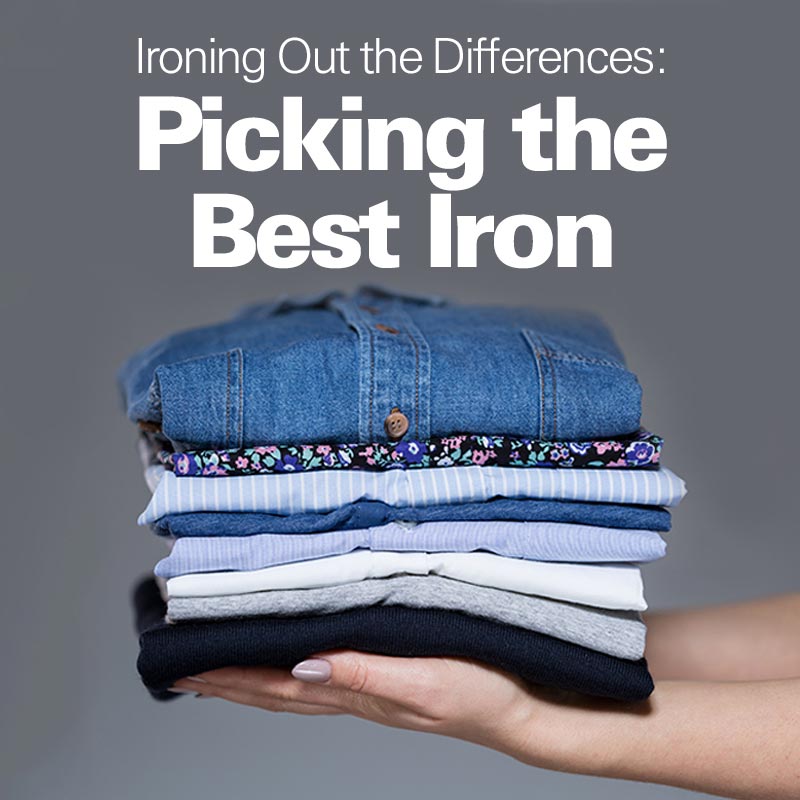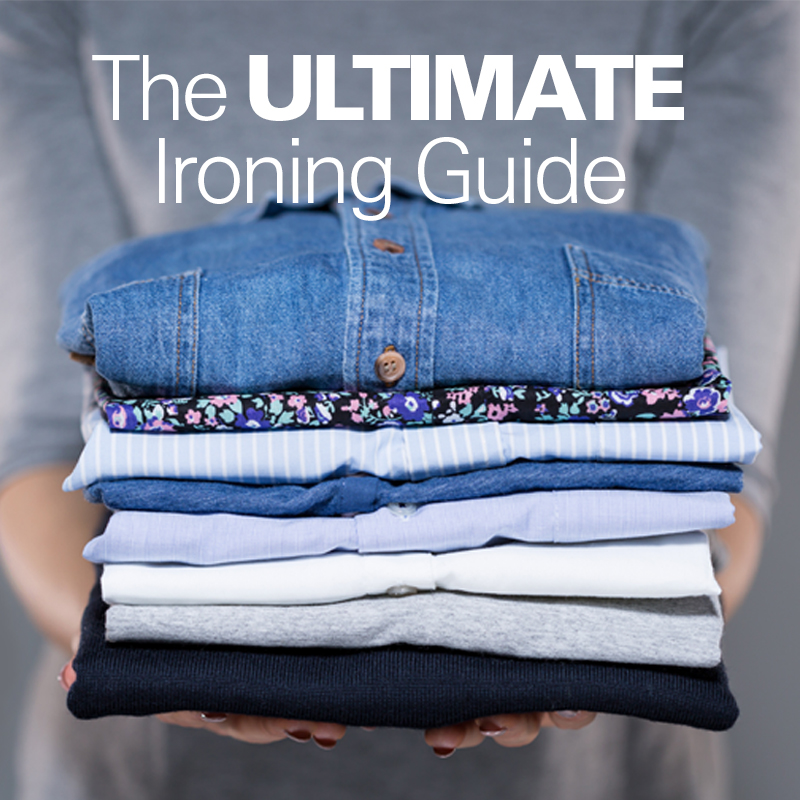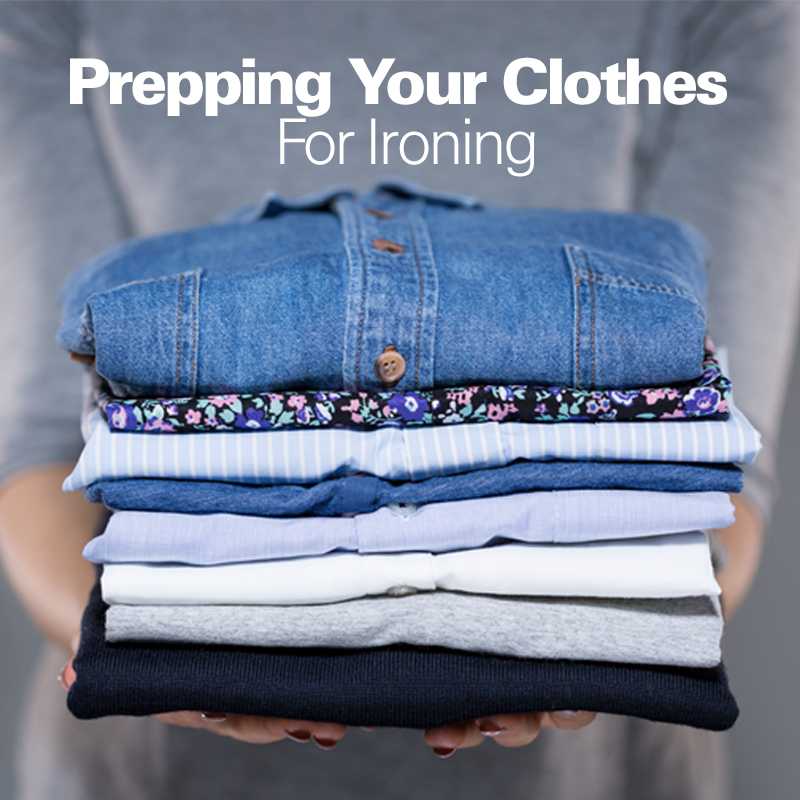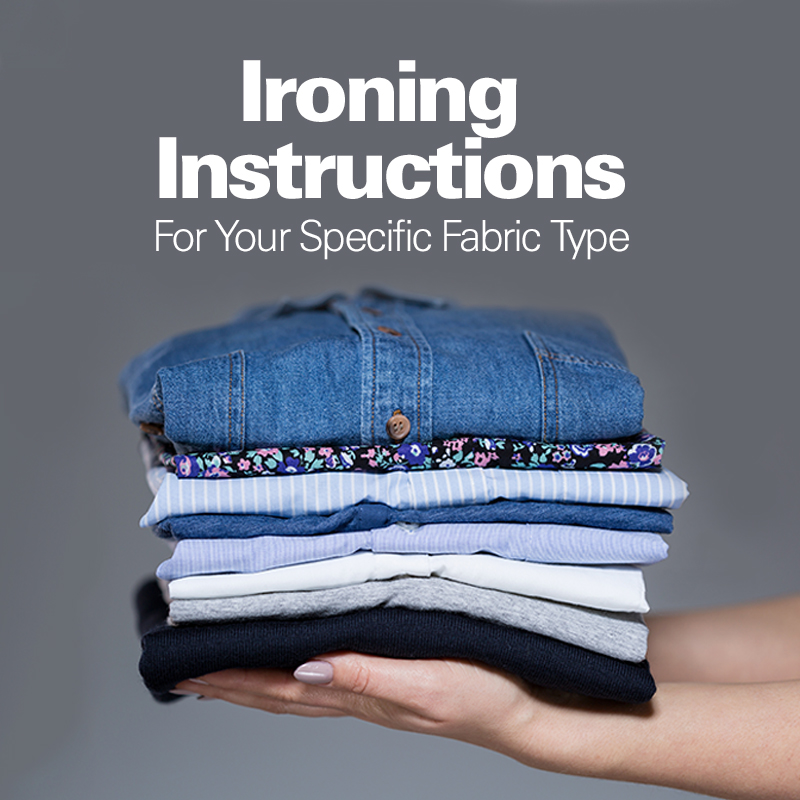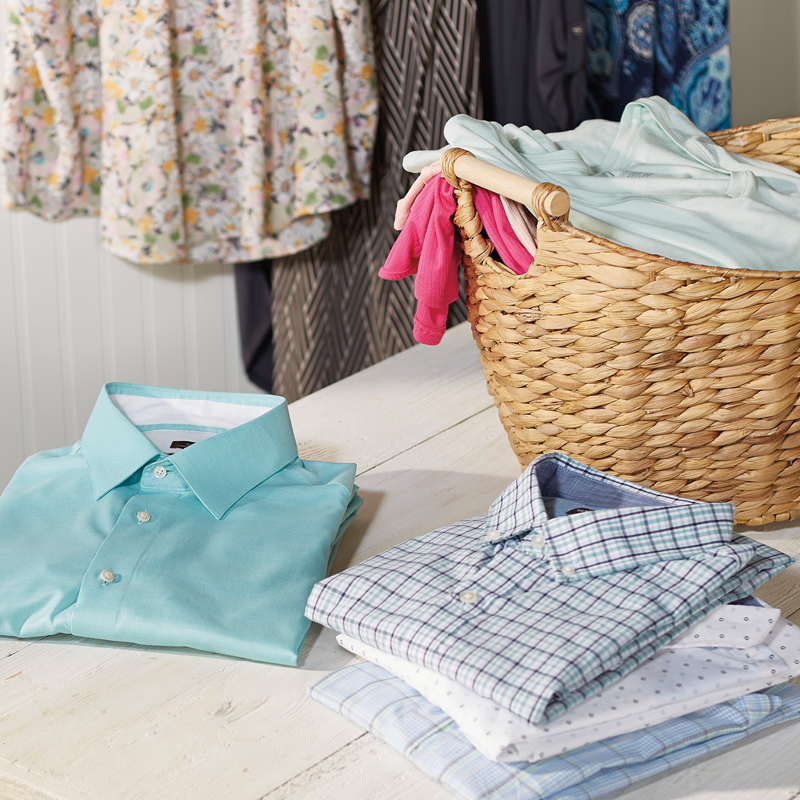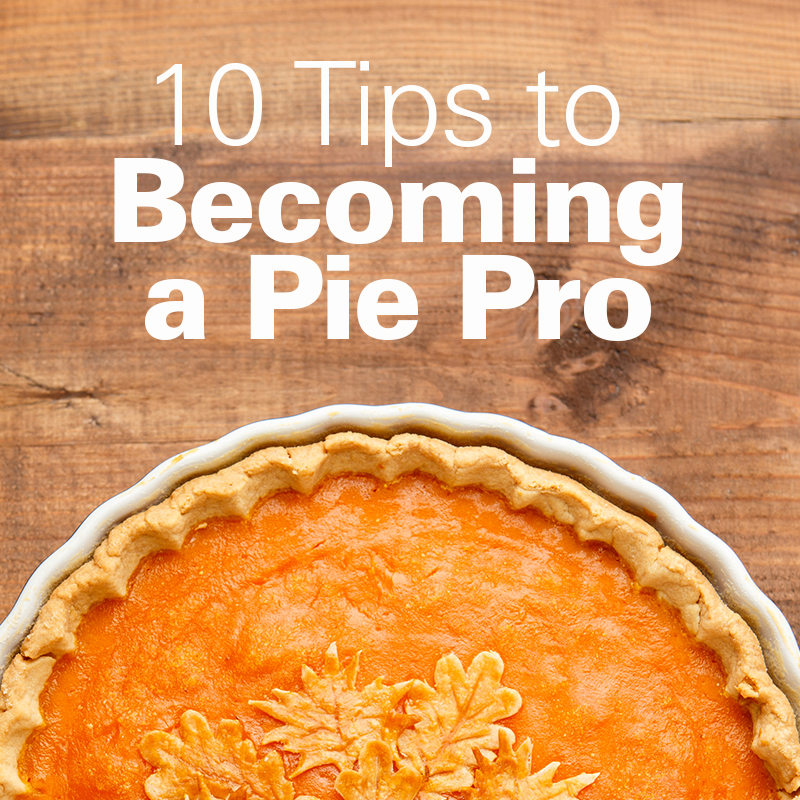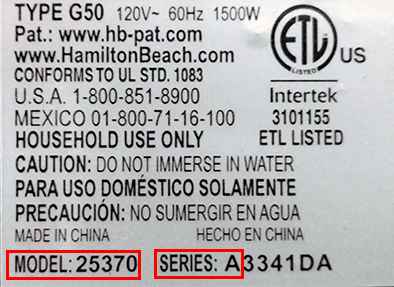Whether you’re a seasoned chef or just learning how to cook, it’s easier than ever to achieve low-fuss, high-quality meals thanks to two kitchen appliances: the slow cooker and the pressure cooker.
Both promise to deliver delicious meals and complex flavors while reducing hands-on cooking time significantly. Each one, however, does it in a dramatically different way. So which is better?
Slow cook for convenient, hands-off meals
Slow cookers have been around for decades, and while they get smarter and smarter every year, the basic premise is the same. Slow cookers use low temperatures and a longer cook time to create flavorful meals that taste as if you’ve labored for hours over them. The result is tender, fall-off-the-bone meats and an infusion of flavors that would be difficult to replicate on the stove.
Slow cooking is a great choice for people who:
-
Don’t want to spend a lot of hands-on time making a meal—most recipes are as simple as dropping a handful of ingredients in the cooking pot in the morning and turning it on.
-
Are newer cooks and still developing their cooking skills; they can still create delicious, foolproof meals.
Make meals in minutes with electric pressure cookers
On the flip side, electric pressure cookers can expedite food preparation significantly. Electric pressure cookers rely on steam to build up in a sealed pot, which creates pressure and quickly raises the cooking temperature. This allows the food in the pot to cook dramatically faster than a stovetop. Not only that, but the process of pressure cooking forces liquid into the ingredients, giving you juicy, tender food with complex flavor development.
Pressure cookers appeal to:
-
Beginner chefs, since most of the cooking process, provided you follow a recipe, is simply prep work.
-
Advanced chefs, since if you go off-recipe, there’s some experimentation necessary.
Anyone looking for a quick overall cook time along with minimal hands-on cooking time.
Differences at a glance
Slow Cooker |
Pressure Cooker |
|
Hands-on cooking time |
Once the food is in the slow cooker, there is no need to monitor or tend to the food until the cook time is up. |
Like a slow cooker, there is minimal hands-on cooking time, though you must stay close by at all times. |
Overall cooking time |
Cooking time can range from 4 hours up to 24, but will typically top out around 8-10. |
Once the proper pressure has been reached, which takes about 5-15 minutes, cook time can be as short as 10 minutes or as long as 90 minutes. |
Cost |
A basic 3 litre slow cooker starts at about $29.99. |
A basic 6 quart pressure cooker starts at about $99.99. |
Capacity |
Slow cookers can be found in capacities typically ranging from 3 to 10 quarts. |
Digital pressure cookers can be found in capacities typically ranging from 3 to 14 quarts. |
Cooking flexibility |
You can check on your food while it cooks, taste it, stir it around and add ingredients as desired throughout the cooking process. |
Once you start cooking, you cannot see your food or add ingredients or time to the clock without releasing the pressure and restarting the process. |
Safety |
Slow cookers run on low wattages and are built to be perfectly safe even while left unattended. They must pass rigorous safety tests before they reach your home. |
Electric pressure cookers contain several built-in safeguards and also must also pass rigorous safety tests before they reach your home. They are not, however, designed to be left unattended. |
Cooking from frozen |
You cannot cook frozen foods in the slow cooker, since it takes too long to get the food to a food-safe temperature. | You can cook foods straight out of the freezer in the pressure cooker by adding on some cooking time, a great feature for those days you forget to defrost meat ahead of time. |
Cooking results |
Cooking low and slow promises tender, fall-off-the-bone texture and rich flavor development with very little “know-how” required. | Results are similar to cooking foods low and slow, but in a fraction of the time. |
So which is better?
The short answer: it depends on you! At the end of the day, whether you choose to slow cook or pressure cook depends on the unique factors that make your life simpler. Those who value coming home to a hot meal at the ready on busy weeknights may rely on their slow cooker, while someone who prefers the flexibility of last-minute meals may instinctively reach for their pressure cooker. Either way, you’ll be creating more flavorful meals than ever before—without spending your whole day in the kitchen.


